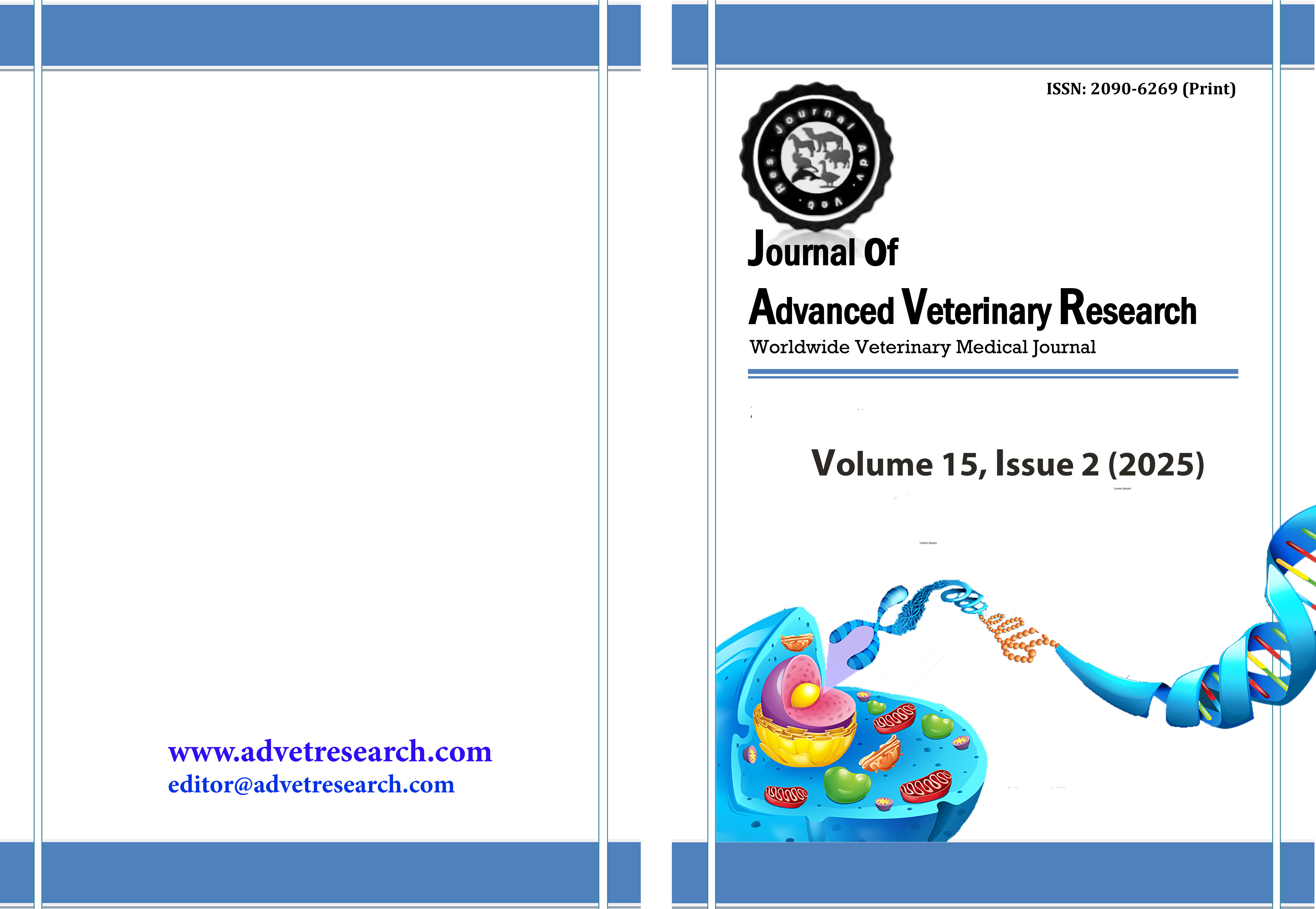Mitigating effects of ginseng bulk on hepatic and immunological toxicity induced by boldenone undecylenate in rats
Keywords:
Ginseng bulk, Liver, Immunity, Boldenone undecylenate, Oxidative stressAbstract
Boldenone undecylenate (Bold) is an anabolic–androgen steroid, which is used illegally in veterinary and human uses for bodybuilding and fitness, but it is associated with adverse effects mainly to the liver and immunity. Ginseng has antioxidant and immune-modulatory activities. This study investigated the effect of ginseng bulk (Gin) on liver functions and the immunity of rats exposed to oxidative stress induced by using Bold. Forty healthy adult male Wistar Albino rats were equally divided into four groups; control, Sesame oil (vehicle control), Bold, and Bold + Gin 100 (100 mg/kg Gin). After 8 weeks, blood and liver samples were collected for analysis of liver enzymes (aspartate transaminase (AST), alanine transaminase (ALT), oxidative stress markers (catalase (CAT), malondialdehyde (MDA), immune markers (Immunoglobulin G (IgG)), and liver histology. The results showed that in the Bold treated group, AST, ALT, MDA, and IgG levels were significantly elevated, while catalase was reduced compared to the control group. However, the co-administration of ginseng bulk with Bold significantly improved these parameters, reducing liver enzymes, oxidative stress markers, and immune cell alterations while increasing hepatic catalase activity. Histological examination of the liver in the Bold group revealed severe damage, including necrosis, vacuolar degeneration, inflammation, and cirrhosis, while ginseng supplementation led to improvement in the liver architecture. In conclusion, ginseng bulk 100 has an ameliorating effect against the liver and the immune damage caused by Bold, highlighting their antioxidant and immune-modulatory properties.
Downloads
Published
How to Cite
Issue
Section
License
Copyright (c) 2025 Journal of Advanced Veterinary Research

This work is licensed under a Creative Commons Attribution-NonCommercial-NoDerivatives 4.0 International License.
Users have the right to read, download, copy, distribute, print, search, or link to the full texts of articles under the following conditions: Creative Commons Attribution-NonCommercial-NoDerivatives 4.0 International (CC BY-NC-ND 4.0).
Attribution-NonCommercial-NoDerivs
CC BY-NC-ND
This work is licensed under a Creative Commons Attribution-NonCommercial-NoDerivatives 4.0 International (CC BY-NC-ND 4.0) license




